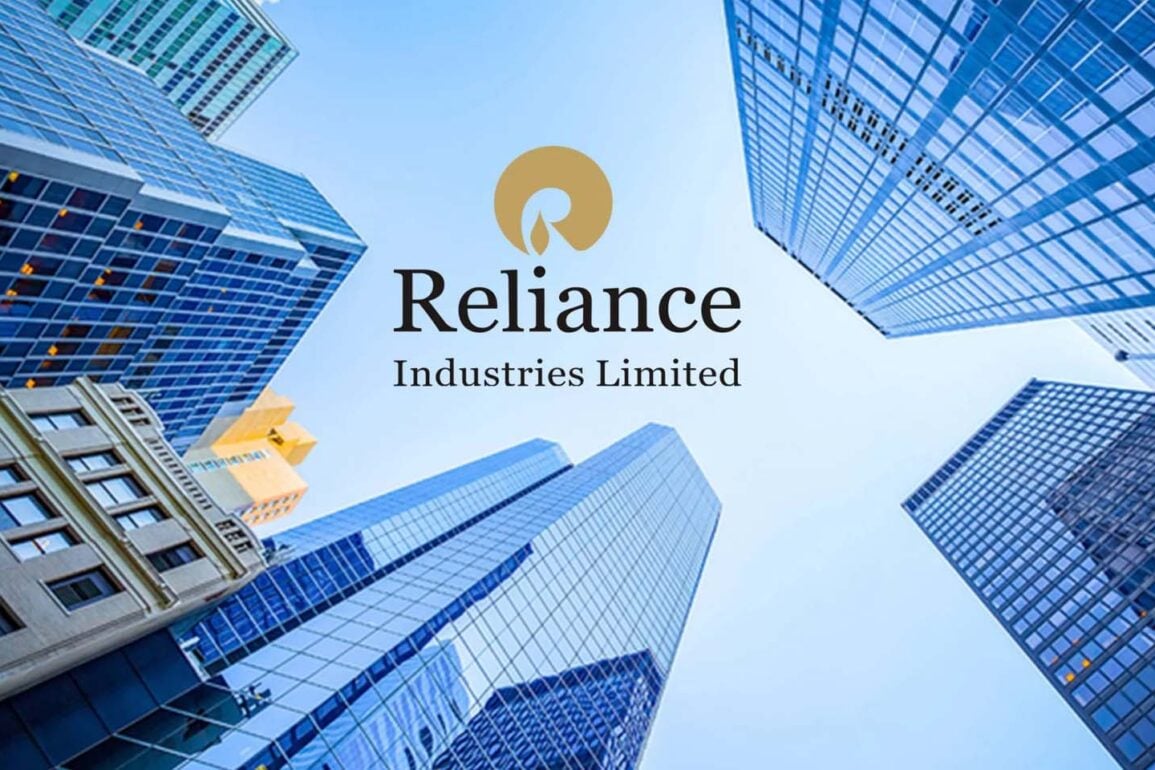- Reliance Industries stock price has been on a strong uptrend since the beginning of September, but there are questions on the sustainability.
Since the beginning of September, Reliance Industries’ (BSE: RELIANCE) stock price has been rising steadily. This is due to a number of positive developments happening in its several business segments.
Why Is Reliance Stock Price Rising?
The gains aren’t due to just one thing. They are the result of improved performance in its conventional oil-to-chemicals (O2C) sector, strategic actions in its consumer-facing enterprises (Jio and Reliance Retail), and a good macroeconomic climate. This multi-faceted growth story has restored investors’ faith, resulting in a big surge that has outperformed the market as a whole. The most important thing for investors to know right now is whether this momentum will last.
- Reliance Jio IPO: Among the many positive developments is Reliance Jio, the conglomerate’s telecom arm. Trade tariff increases have been a major reason why the company’s profits have been on the rise. This is because they will raise the average revenue per user (ARPU).
There is also the prospect of a long-awaited Initial Public Offering (IPO) for Jio Platforms on the horizon. This has gotten people excited about the company and might give stockholders a lot of value. - Reliance Retail: The retail division’s planned growth and entry into new markets are paying off. Reliance Consumer Products, the company’s FMCG (Fast-Moving Consumer Goods) segment, has been rapidly growing its product line by buying new companies and launching new products. For example, it has entered the healthy beverage market.
Also, the impending holiday season with a low base from last year should bring back strong growth in the retail sector. The company’s long-term growth plan is obvious from this move away from its usual retail formats. - Renewable energy transition tailwinds: The focus on renewable energy and solar manufacturing by Reliance has bolstered the company’s narrative of long-term progress. For instance, people are keeping a careful eye on its plans for solar ingots and wafers, green hydrogen, and other products at its PV factory in Jamnagar. Reliance seems to be in a good position to benefit because both Indian and global policies support cleaner energy and sustainable supply chains.
What could hold back the upside?
Even those we’re currently witnessing an upsurge, there are a number of things that could stop or reverse progress. These are things that investors should keep in mind:
- The volatility of refining and petroleum margins: Oil-to-chemicals (O2C) is one of Reliance’s main operations. Margins here are affected by things like changes in taxes and the environment, shipping costs, demand from important sectors, and the price of crude oil around the world. If flaws in the refinery get worse, it might hurt profits as a whole.
- Risk of delayed execution in the new solar energy supply chain: To build big solar PV factories, scale up green hydrogen, and so on, you need money, a stable supply chain, technical knowledge, regulatory permissions, and legislative support. Delays, cost overruns, or policy incentives that aren’t as strong as projected could lower expected returns. Margins could also get smaller because of solar energy oversupply across the world and trade conflicts.
- Valuation concerns: There is a chance that the valuation will go too high since more growth is expected than is actually happening right now. This is especially true if any aspect of the plan doesn’t match expectations. Investors may want proof that the company will deliver on its promises consistently.
- Competitive and regulatory pressures: Jio may have to deal with higher telecom tariffs. Retail and consumer firms are in competitive areas, so they need to keep an eye on things like input costs, logistics, consumer demand cycles, inflationary pressures, and more. In India, regulatory risk (tax, environmental, etc.) is also a big problem.
- Macroeconomic Risks: There is a significant level of macroeconomic concerns. The U.S. Federal Reserve is largely expected to cut interest rates this month, which might help emerging markets, but high inflation or geopolitical oil shocks could hurt refining margins.
Final Thoughts
The current upsurge by Reliance Industries’ stock price is mostly due to the planned Jio IPO in 2026, which could be India’s largest ever. The enthusiasm grows as Reliance Retail’s listing moves forward, which means more demergers, such as the FMCG subsidiary Reliance Consumer Products, to make operations more efficient and bring in foreign capital.
A long-term catalyst is the company’s ambitious venture into renewable energy and new energy sources. There is always some risk involved in a stock surge. However, Reliance Industry’s strategic vision, diverse portfolio, and positive analyst outlook imply that the current rise is not just a transitory spike but a sign of its strong long-term growth story.
Reliance Industries share price rally is fueled by strong performance in its Jio and Retail businesses, improved profitability in the O2C segment, and positive analyst sentiment.
The stock has a bullish outlook, thanks to RIL’s diversified business model, strategic growth plans, and improved earnings across all key segments.
Key drivers include Jio’s tariff hikes and potential IPO, Reliance Retail’s expansion, and a recovery in the traditional oil-to-chemicals business.
This article was originally published on InvestingCube.com. Republishing without permission is prohibited.


